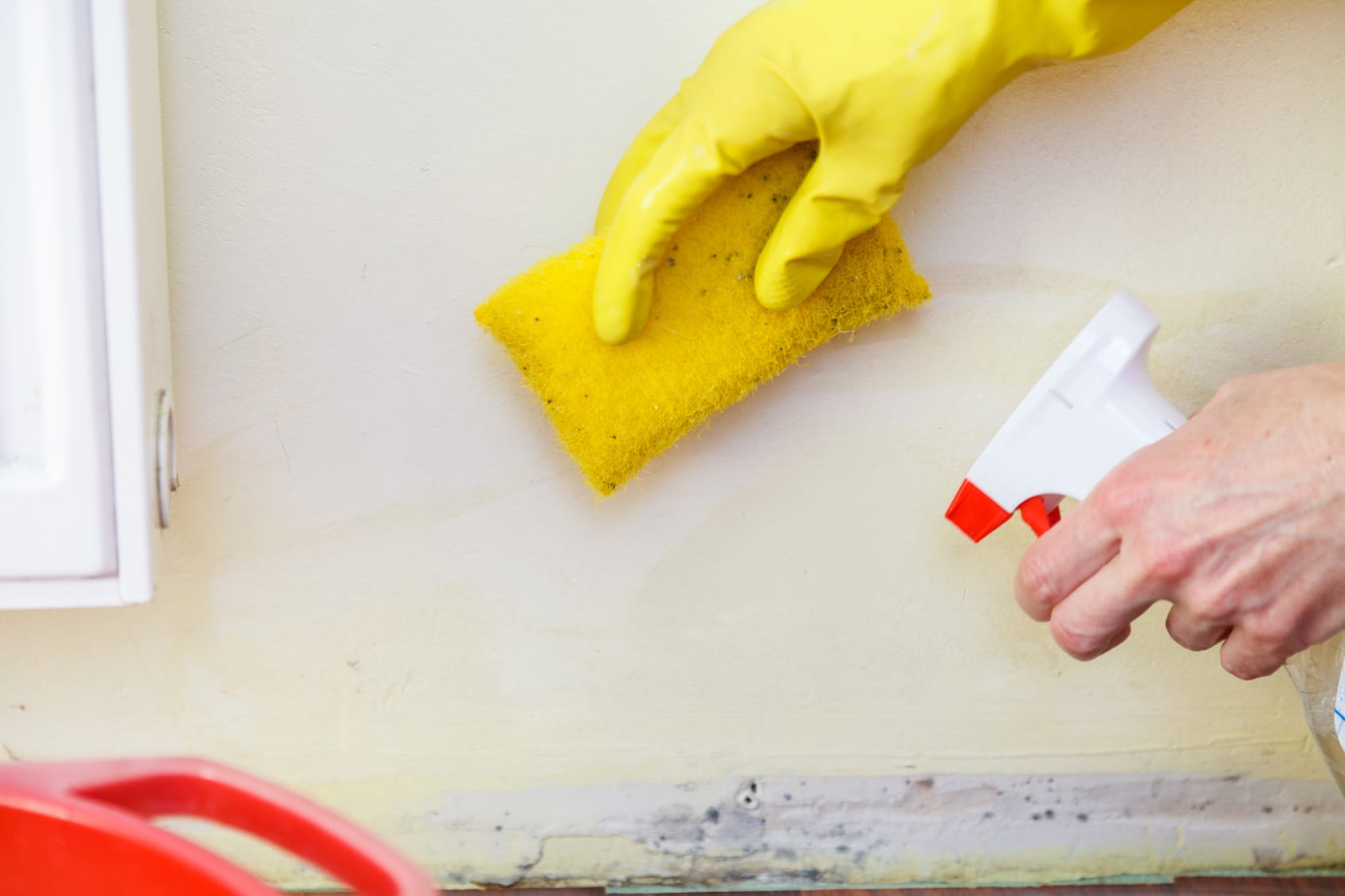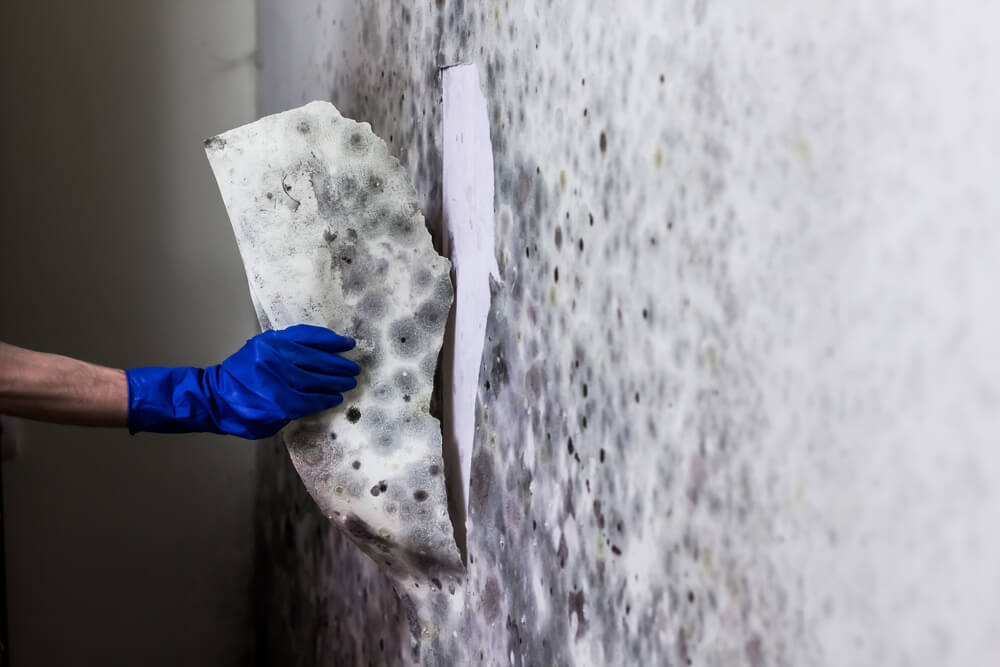Important Actions After Mold Remediation
Important Actions After Mold Remediation
Blog Article
Your Ultimate Overview to Message Mold And Mildew Removal Strategies
Navigating the realm of post-mold remediation techniques is a thorough process that requires interest to information and a comprehensive understanding of the complexities entailed. In the aftermath of mold infestation, recognizing how to properly get rid of the mold and mildew and stop its reoccurrence is extremely important for preserving a healthy and balanced interior setting. From picking the best cleaning and sanitizing methods to executing approaches for lasting mold and mildew avoidance, each step in the removal journey plays an essential role in making sure a successful end result. As we start this exploration of post-mold remediation strategies, we will certainly discover the key methods and best techniques that can aid you restore your room to its pre-mold condition and protect it against future mold threats.
Understanding Post-Mold Removal Refine
After completing the mold remediation procedure, it is vital to recognize the post-mold remediation strategies that are essential to make certain a extensive and reliable cleanup. Once the mold and mildew has been eliminated, the following step entails cleansing and sanitizing the influenced areas to avoid any kind of regrowth of mold.
Moreover, carrying out a last assessment post-remediation is vital to make sure that all mold has been successfully eradicated. If the assessment exposes any type of lingering mold and mildew, added remediation might be essential.
Efficient Cleaning Up and Decontaminating Techniques

Protecting Against Future Mold And Mildew Growth

Importance of Proper Air Flow
Correct air flow plays a critical function in stopping wetness build-up, an essential variable in mold growth within interior environments. Effective air flow systems aid get rid of excess humidity from the air, minimizing the chances of mold and mildew spores locating the wetness they need to sprout and spread out. Without adequate ventilation, indoor spaces can become a reproduction ground for mold, bring about prospective health dangers and structural damages.
By ensuring correct air blood circulation, ventilation systems can likewise assist in drying moist areas quicker after water damages or flooding cases, further hindering mold growth. Post Remediation Inspection near me. In rooms like shower rooms, kitchen areas, cellars, and attic rooms where moisture levels often tend to be greater, setting up and keeping efficient ventilation systems is crucial in avoiding mold and mildew problems

Surveillance and Maintenance Tips
Given the important duty that appropriate ventilation plays in stopping mold and mildew growth, it is necessary to develop effective monitoring and upkeep pointers to make sure the ongoing performance of ventilation systems. Normal examinations of ventilation systems ought to be performed to look for any type of indications of obstructions, leakages, or breakdowns that might impede appropriate airflow. Tracking humidity levels within the property is likewise essential, as high moisture can contribute to mold and mildew development. Installing a hygrometer can help track moisture levels and sharp house owners to any spikes that may need focus. Additionally, making sure that air filters are consistently cleaned up or replaced is crucial for maintaining the effectiveness of the ventilation system. Executing a schedule for routine maintenance tasks, such as look at here now duct cleansing and a/c system why not check here evaluations, can help stop problems prior to they escalate. By staying conscientious and positive to the condition of ventilation systems, building proprietors can effectively reduce the threat of mold and mildew regrowth and preserve a healthy and balanced interior atmosphere.
Conclusion
In verdict, post-mold removal strategies are essential for guaranteeing a clean and safe atmosphere. Understanding the procedure, applying effective cleansing and sanitizing approaches, avoiding future mold and mildew development, keeping proper ventilation, and normal monitoring are all important action in the remediation procedure. By adhering to these guidelines, you can efficiently eliminate mold and mildew and prevent its return, advertising a healthy living or working area for all passengers.
In the after-effects of mold invasion, knowing just how to properly eradicate the mold and mildew and avoid its reoccurrence is extremely important for maintaining a healthy and balanced interior environment. Once the mold and mildew has actually been removed, the following step includes cleansing and decontaminating the affected locations to protect against any kind of regrowth of mold - Post Mold Remediation. After getting rid of visible mold and mildew development, it is vital to clean all surfaces in the affected location to get rid of any type of continuing to be mold spores. To better boost mold and mildew prevention procedures, it is important to address underlying issues that initially led to mold and mildew development.Given the vital role that proper ventilation plays in stopping mold growth, it is vital to develop efficient tracking and maintenance tips to guarantee the continued functionality of air flow systems
Report this page